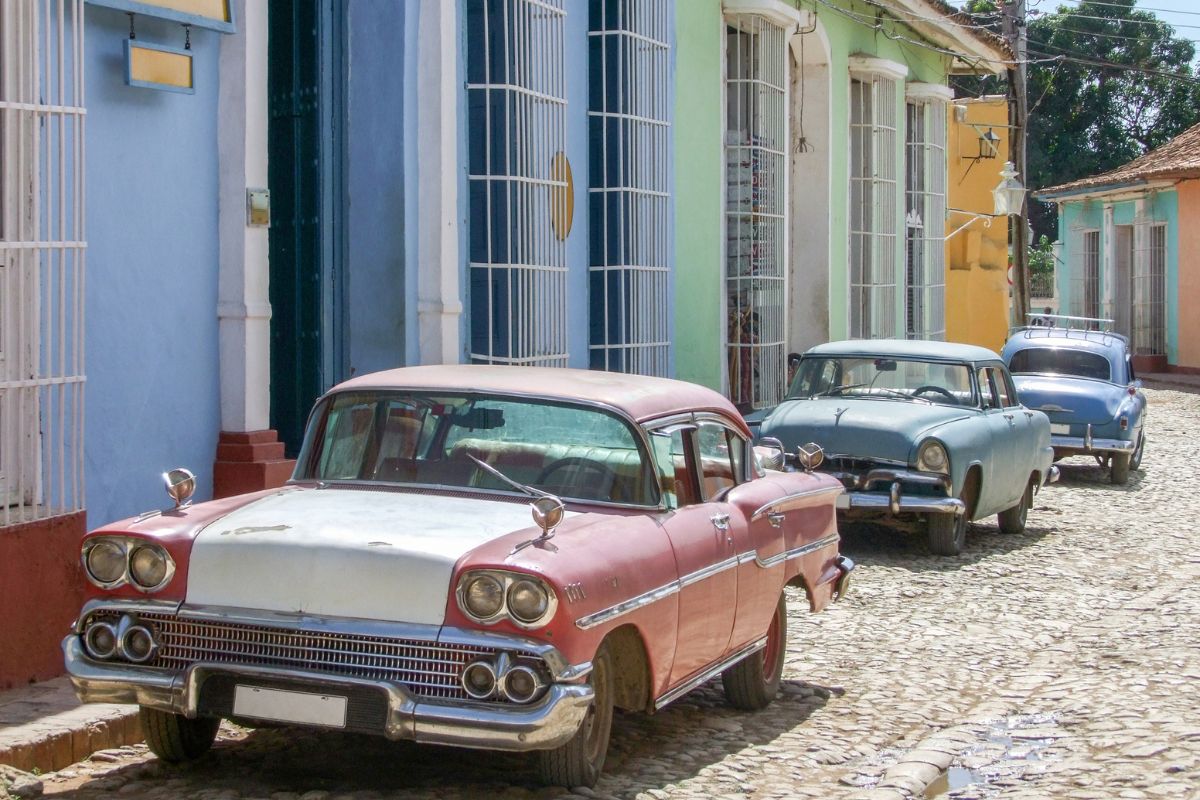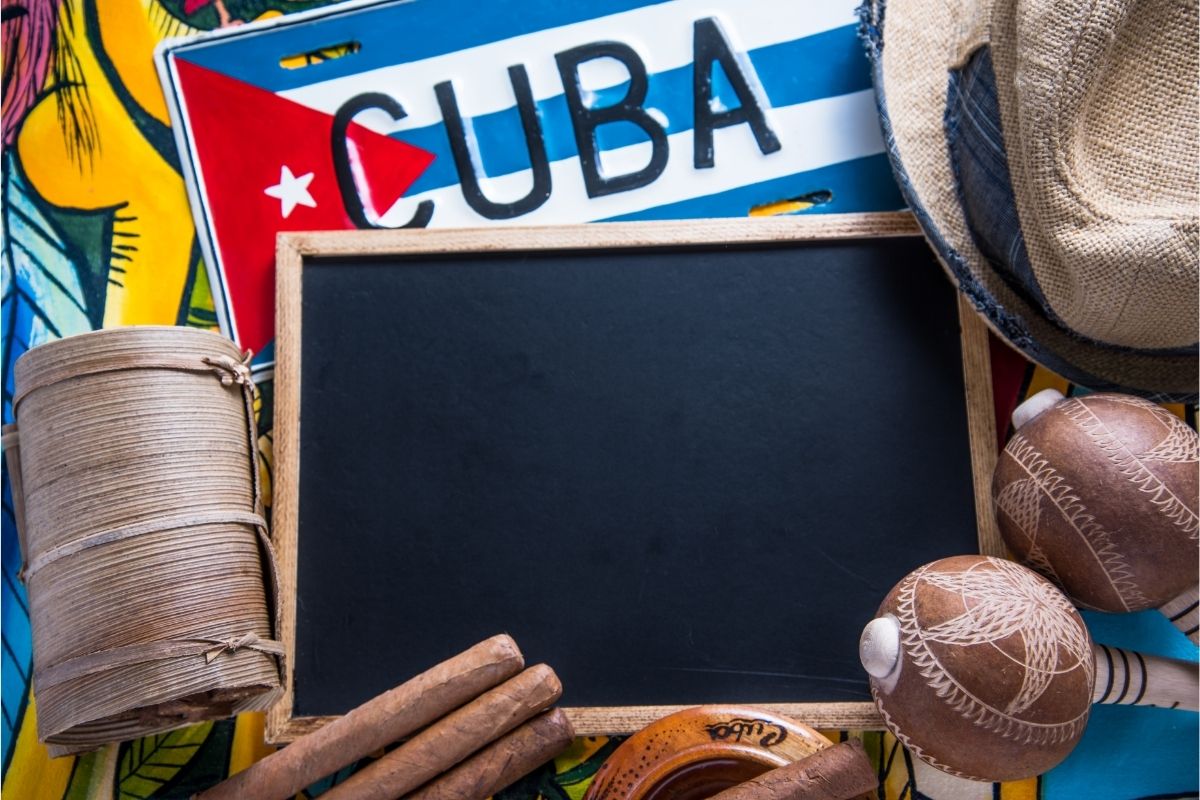The United States and Cuba have typically had a strained relationship. As a result, imports from Cuba have been minimal since 1958.

However, this has changed following regulations from the Department of the Treasury (USDT) that altered the products that could be imported and exported from Cuba.
Cuban imports primarily include wheat, cereals, meats, poultry, rice, and milk.
Yet, there is also an import industry for classic cars. These classic cars are rampant in Cuba due to these import restrictions.
Though it’s incredibly appealing to import cars from Cuba, classic car enthusiasts should be careful.
This is because the arrangement seems too good to be true. Here’s why:
What To Bear In Mind When Importing Classic Cars From Cuba
Some Cars Are No Longer In Stock
The classic car industry in Cuba has been popular for a long time.
This has meant that many of the most desirable and valuable cars have already been purchased.
These cars have been sold through various channels ever since the Cuban Revolution.
There are a few awesome deals out there for you to find.
But unfortunately, you are unlikely to be able to get your hands on an incredibly rare classic car from Cuba.
The Conditions Can Vary
When you purchase a classic car, you will want it to be in pristine condition. Otherwise, it will not be worth a lot of money.
Though most classic car listings are accompanied by pictures of cars in perfect condition, the truth is that not all cars are in such a good state.
Sellers can easily use images of other cars to trick people into buying poor-quality products.
Even if a car has been well-kept, there are lots of reasons why these cars can be of poor quality.
Firstly, they are very old. Unless they are perfectly stored, a classic car’s condition can deteriorate massively.
Another reason for these low-quality classic cars is that trade embargos have prevented new parts from entering Cuba.
Thus, if a car needs a new part, owners living in Cuba may struggle to find a replacement.
They may either have to use an ill-fitting part or go without it, which could mean that you have a car that doesn’t work properly.
If you have to hunt down a rare part for your classic car, this can seriously add to the expense.
When these trade embargos with America were put in place, Cuba looked for other partners to deal with.
They formed a close relationship with the Soviet Union. Cuba even imported from them during the Cold War.
As a consequence, many classic American cars have been fitted with parts from Russia or China, particularly the engines. This can negatively affect the condition.

Therefore, you must try to research the condition of a classic car before you invest in it.
If not, it can cost you thousands of dollars attempting to restore one of these classic American cars.
It’s Extremely Expensive
When you purchase a classic car, you may assume that you only have to pay for the vehicle itself.
But the truth is that importing cars from Cuba comes with a variety of other fees.
For instance, you will need to pay for delivery and import taxes.
Import taxes in the United States can vary, though it is likely going to be around 4%.
As a result, you will need to factor this into the cost of your purchase.
The cost of the car itself will depend on the model and the condition.
The bottom line is that regardless of these factors, the car will cost a ton of money.
To ensure that you are not being ripped off, you can hire a professional classic car dealer to conduct an appraisal.
Just bear in mind that they may charge a fee for this service that can further hike up the price.
If you need to restore classic parts, you must be prepared to splash more cash on this purchase.
Therefore, unless you are willing to spend a lot of money on obtaining a classic car, this may not be a worthwhile investment.
Most Classic Cars Are Bought By Museums
Though some individual classic car collectors purchase these vehicles from Cuba, the majority of buyers are now museums.
This is because most museums are not overly fussy about the condition of these classic cars.
To them, it doesn’t matter as much if the car works, as it will mainly be used as a museum display.
No matter their condition, these classic cars act as displays of American history.
If you are a classic car enthusiast, you should be aware that the main buyers in this marketplace are now museums and other organisations, not individuals.
Why Does Cuba Have So Many Classic Cars?
At the start of the 20th century, American cars were regularly imported to Cuba.
However, tensions arose between the two countries when Fidel Casto became the leader of Cuba in 1959.
The United States attempted to invade Cuba in 1961 in an event known as the Bay of Pigs Invasion.
In 1962, President Kennedy established a trade embargo, which was detrimental to Cuba’s economy.

Castro also banned American imports into the country, including cars.
Consequently, new American cars could no longer enter Cuba. Not to mention, car parts were also unable to be imported to the country.
As a result, Cuba essentially acts as a classic car museum.
There are thousands of classic cars in Cuba, with an estimated 60,000 cars.
When visiting the country, you can even be given tours in classic cars, the most recent of which will be from the 1950s.
However, these tourist vehicles are also commonly from the 30s and 40s since they are considered iconic cars.
Often, these cars stay in one family for a long time. Like heirlooms, they are passed down through the generations.
Frequently Asked Questions
How Much Do Classic Cars In Cuba Cost?
It’s hard to say definitively how much these imports can cost.
As mentioned, this price is often reliant on the type of car and its condition.
On average, classic American cars in Cuba tend to cost between $30,000 and $100,000.
The top end of this price range is reserved for cars that are in mint or near-mint condition.
What Are The Most Valuable Classic Cars?
Among some of the most valuable classic cars are:
- Ferrari 335 S (1957)
- Ferrari 250 GTO (1962-1964)
- Mercedes-Benz W196 (1954)
- Aston Martin DBR1 (1956)
Of course, there are many other valuable classic cars, particularly Ferrari models.
Just be aware that not all of these cars will be available in Cuba.
This is partly because many of them will have already been purchased by collectors.
Secondly, classic cars from the 1960s are not very common in Cuba due to the trade restrictions that were put in place during this period.
Final Thoughts
The classic car trade in Cuba can seem almost too good to be true.
The sad truth is that this trade is too good since these classic cars are often not in the best of conditions.
Yet, if you do your research, this can be a lucrative business.
By familiarising yourself with the above factors, you can end up with the classic car of your dreams!
- What Is The Largest Island In Cuba? - September 19, 2022
- Havana – Why Is It Cuba’s Most Exciting City? - September 19, 2022
- Cheapest Time To Visit Cuba (Ultimate Guide) - September 19, 2022








